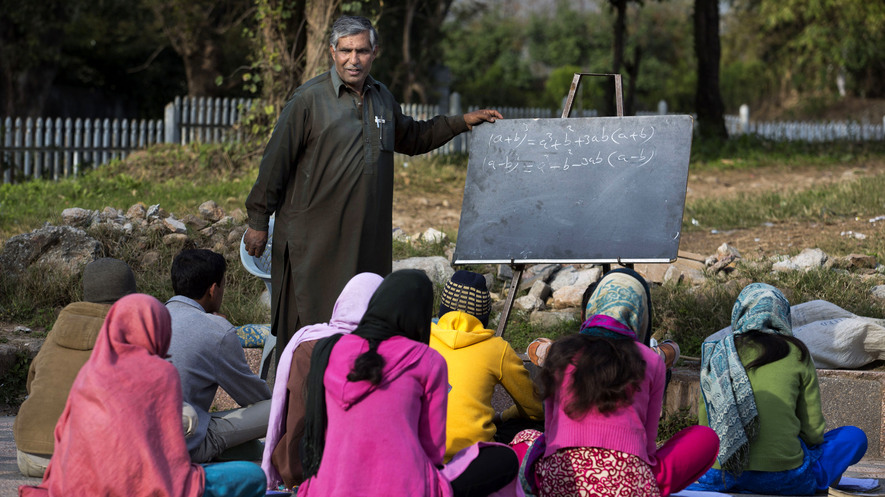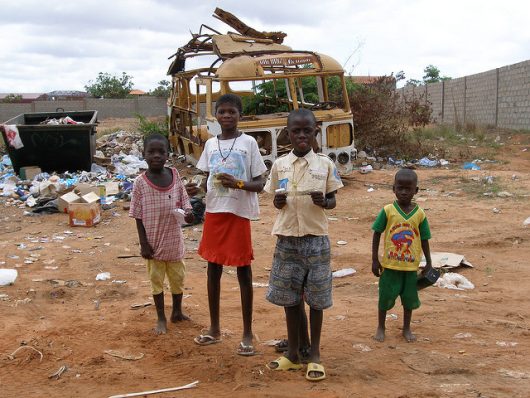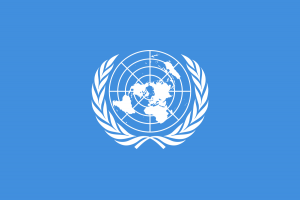Quality Education is very crucial for nearly all aspects of our developing societies. However, it seems that girls and children who live in poverty or difficult circumstances do not have a chance to enroll and get the education that they deserve. But although those children and girls are struggling to get to schools, there are many people and NGOs around the world which are helping to solve parts of this problem.

(Photo from Newsela article)
For Instant, in Pakistan, there is a promising man who has been helping thousands of Pakistani people get the education that they have longed for. He is Mohammed Ayub who is a 57-year-old government worker. The inspiration for opening an open school at the Pakistani Capital is from his father, who had a request for him to get all of his siblings a good education. One day when he saw a boy working and washing the table in a shop, he started thinking “He is not different from my brother”. After all, he began to teach the boy and constantly asking new people who do not get access to education to study with him. First, he started to teach for about one hour to two hours a day at the market. Then, he moved to different other places because his school takes up the space of others. Those students who have finished studying in his school later return to help teach the younger generations. In addition, there are several other volunteers who helped him with this Out-In-The-Open School program. Overall, he has left a great influence on his students and the people around him, leading him to win a national award called “Pride of Performance ” from a worker for the prime minister.
Another significant project is from lady Michelle Obama from the United States. She said that the US will help 200,000 girls to get to school. Obama has a strong passion for developing education for girls and started launching the help in Pakistan which gained a huge praise from the government of the country. She also leads a program called Let Girls Learn which will help about 62 million girls to get an education. In support, there are several other countries including Japan, South Korea, and the United Kingdom that are willing to help run this program by supporting the financial field. Obama has inspired and been a great role model for many girls and has left a huge impact in the education development field.
For more information related to this text, read this two articles:



